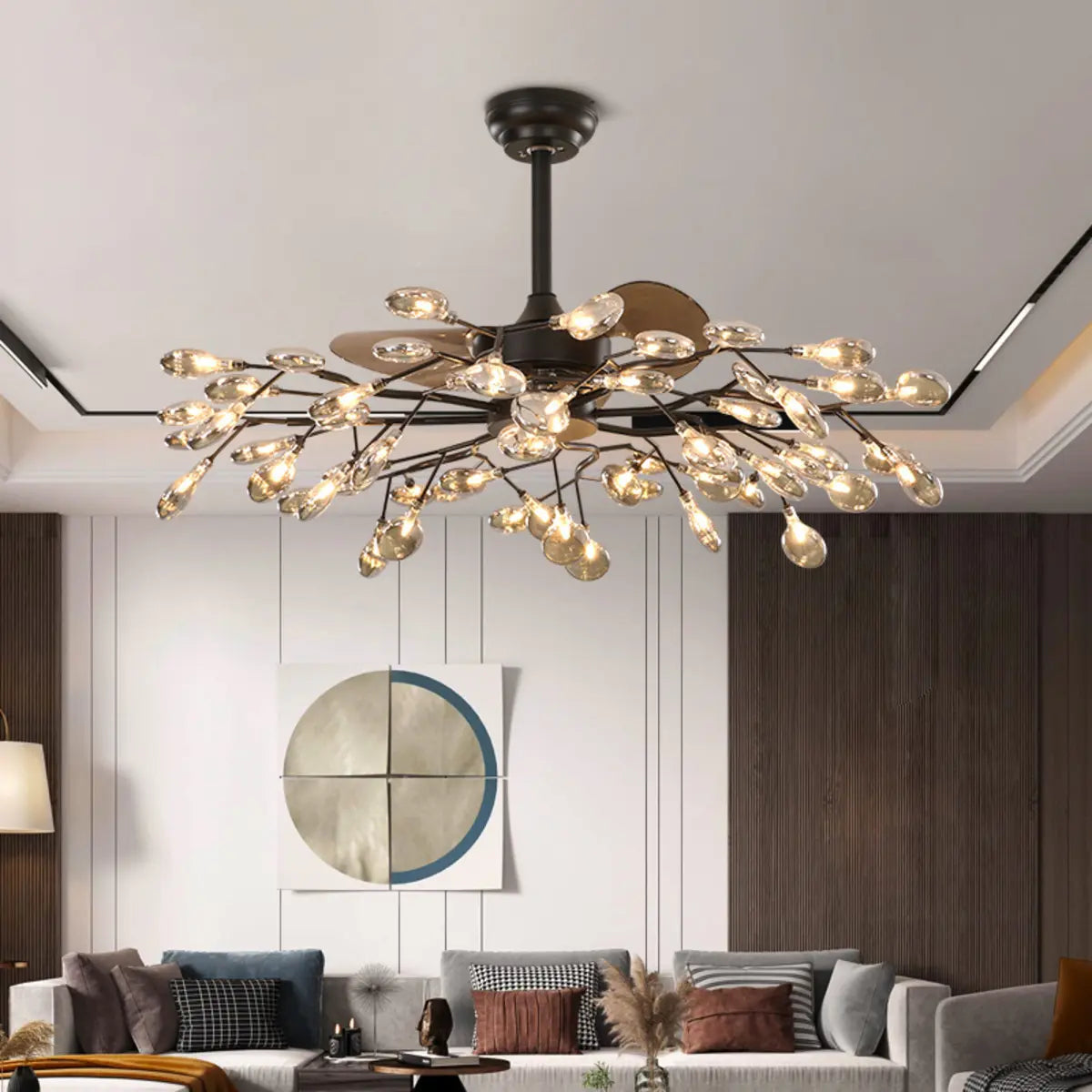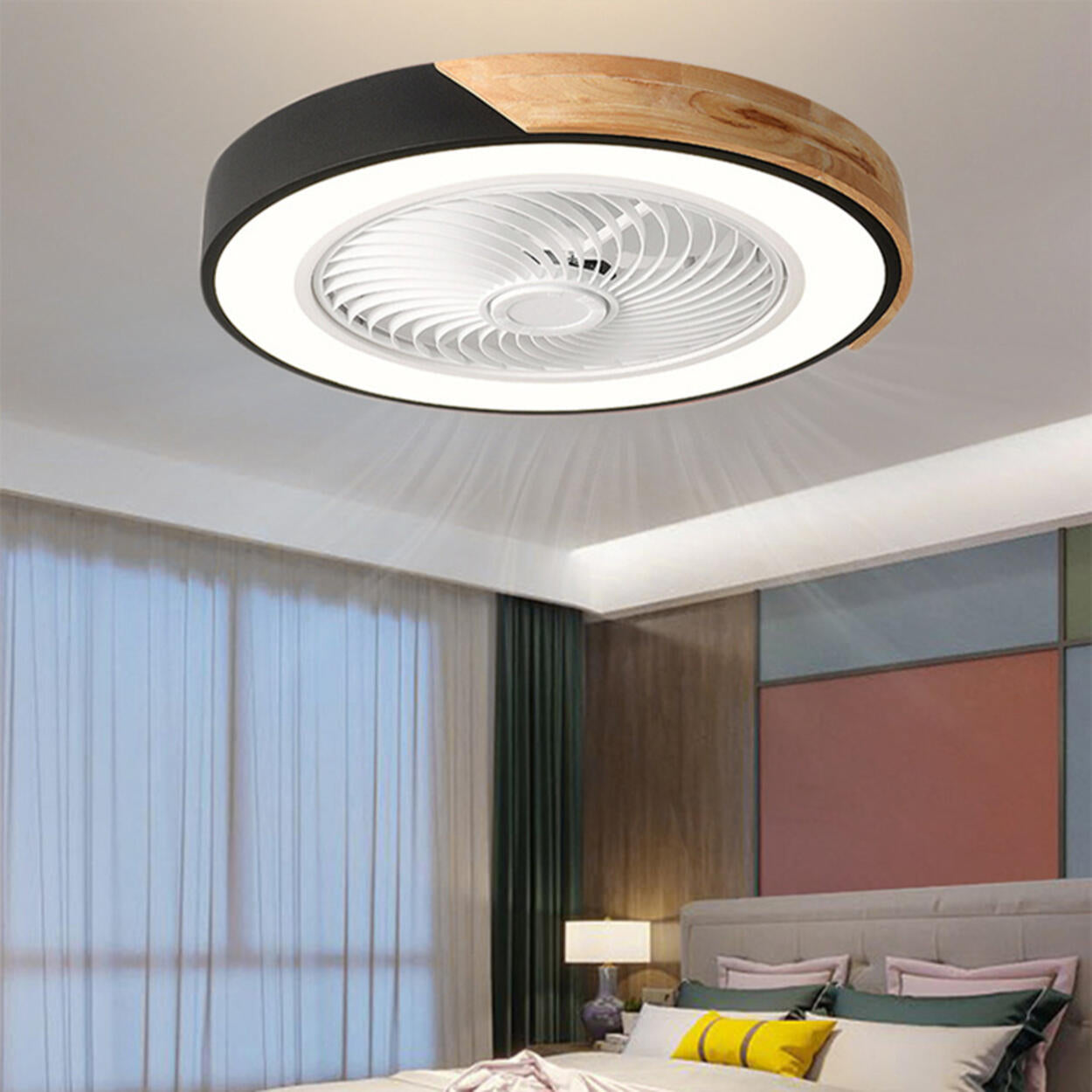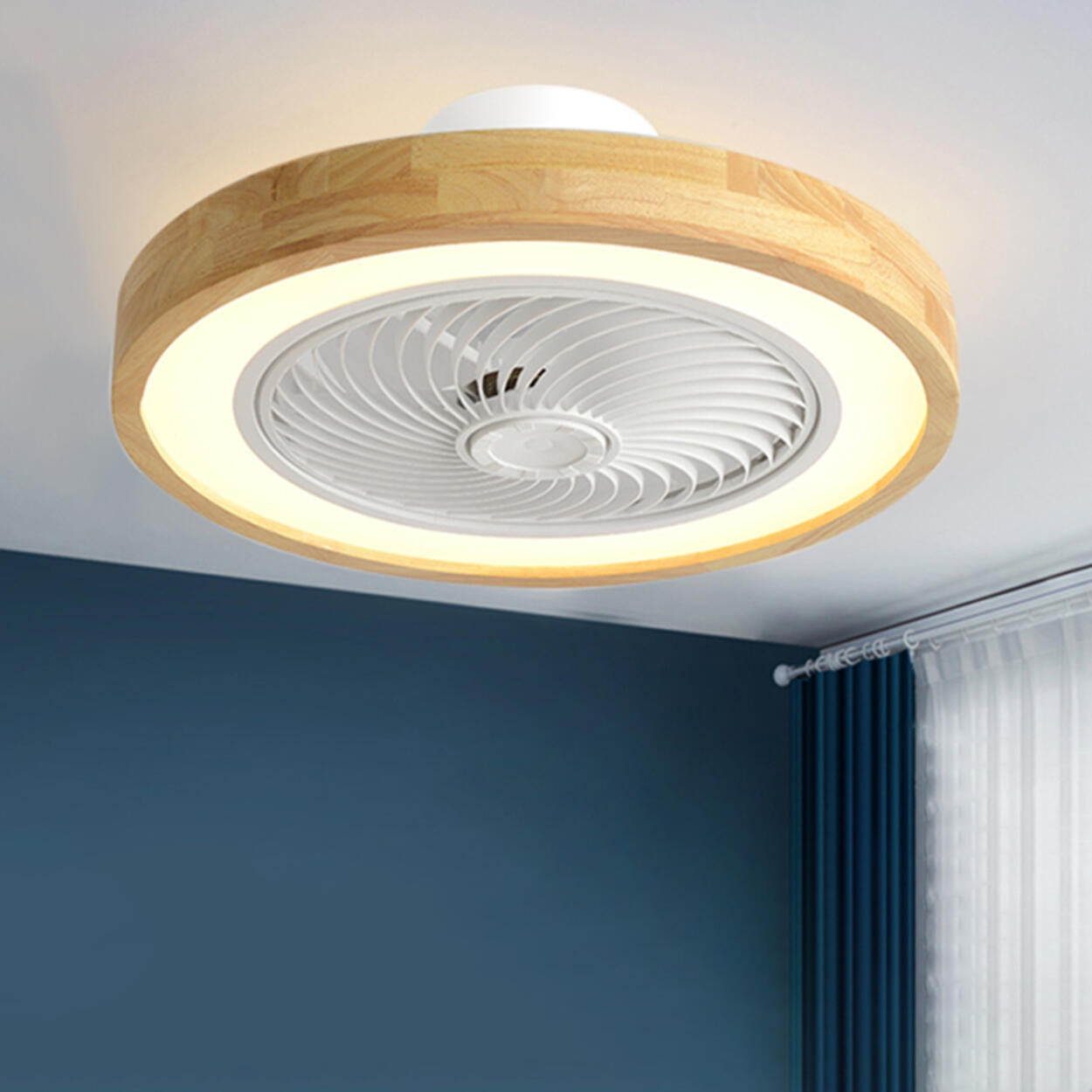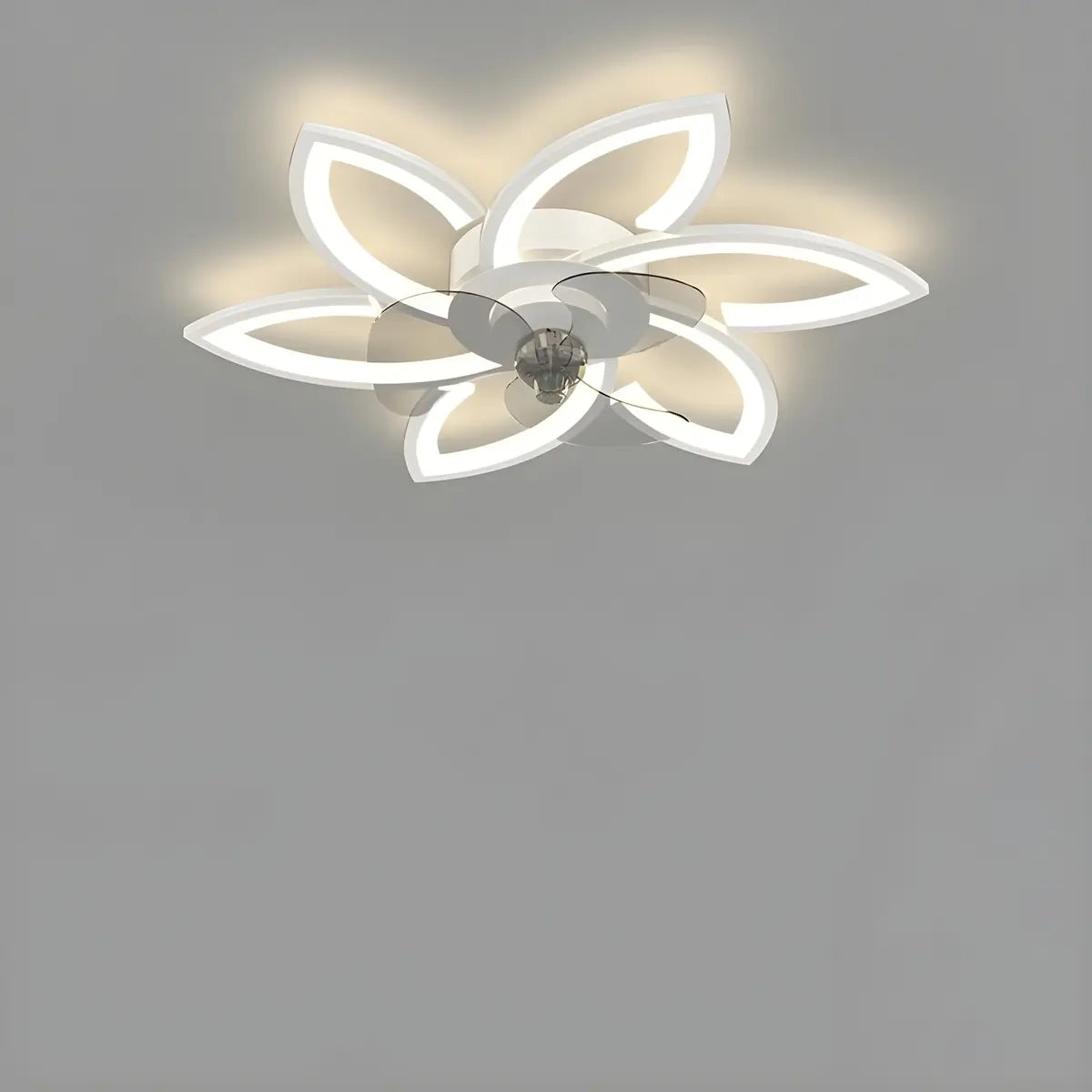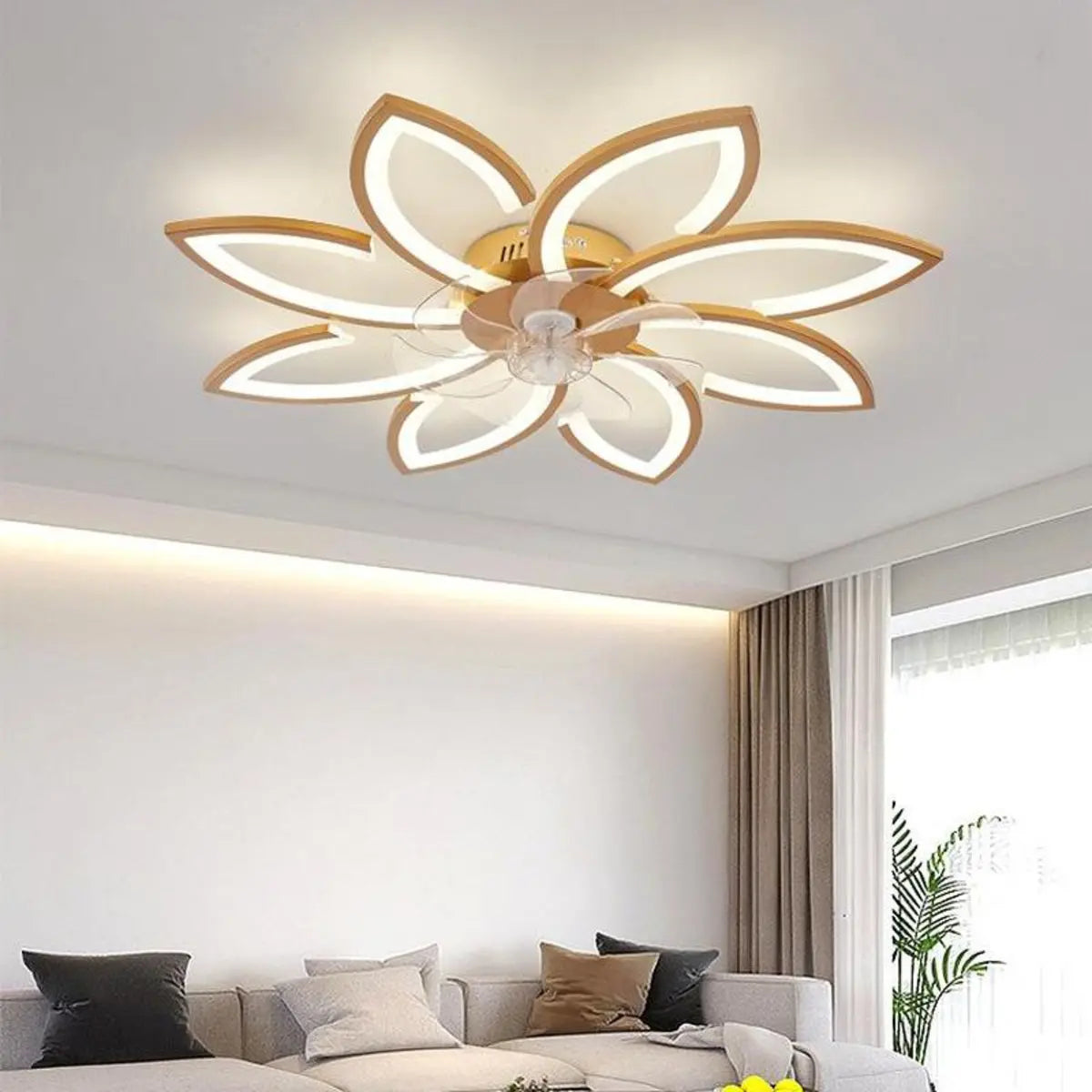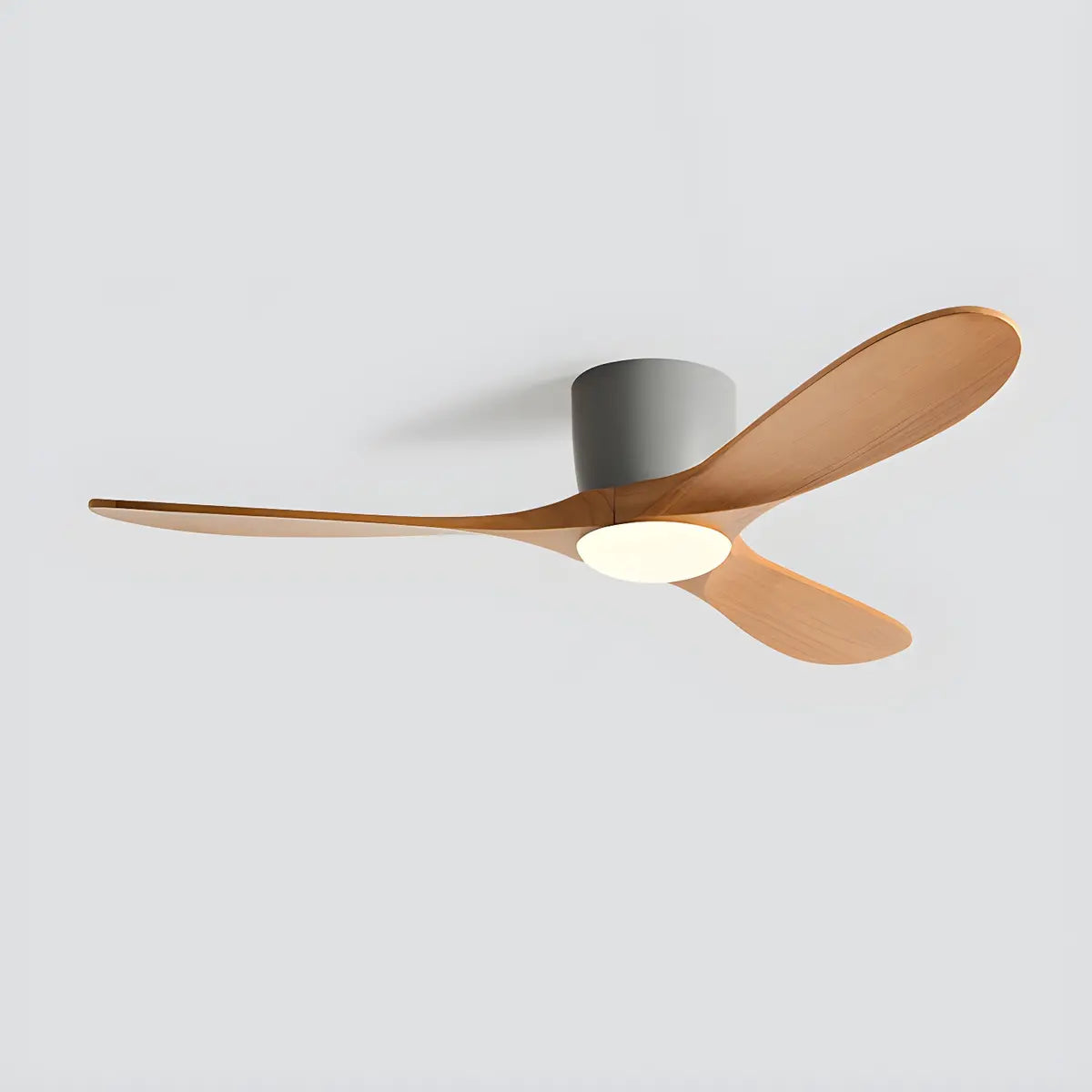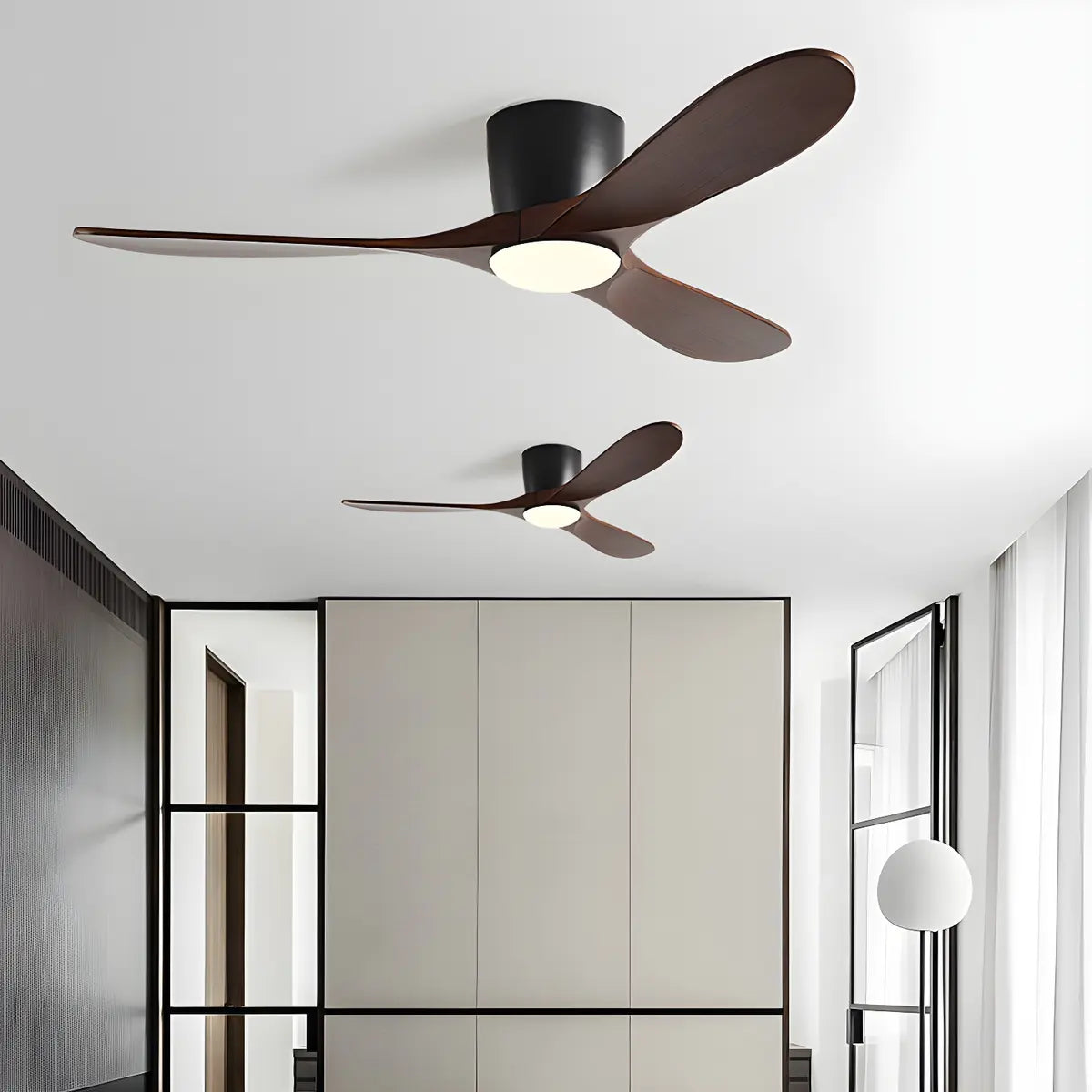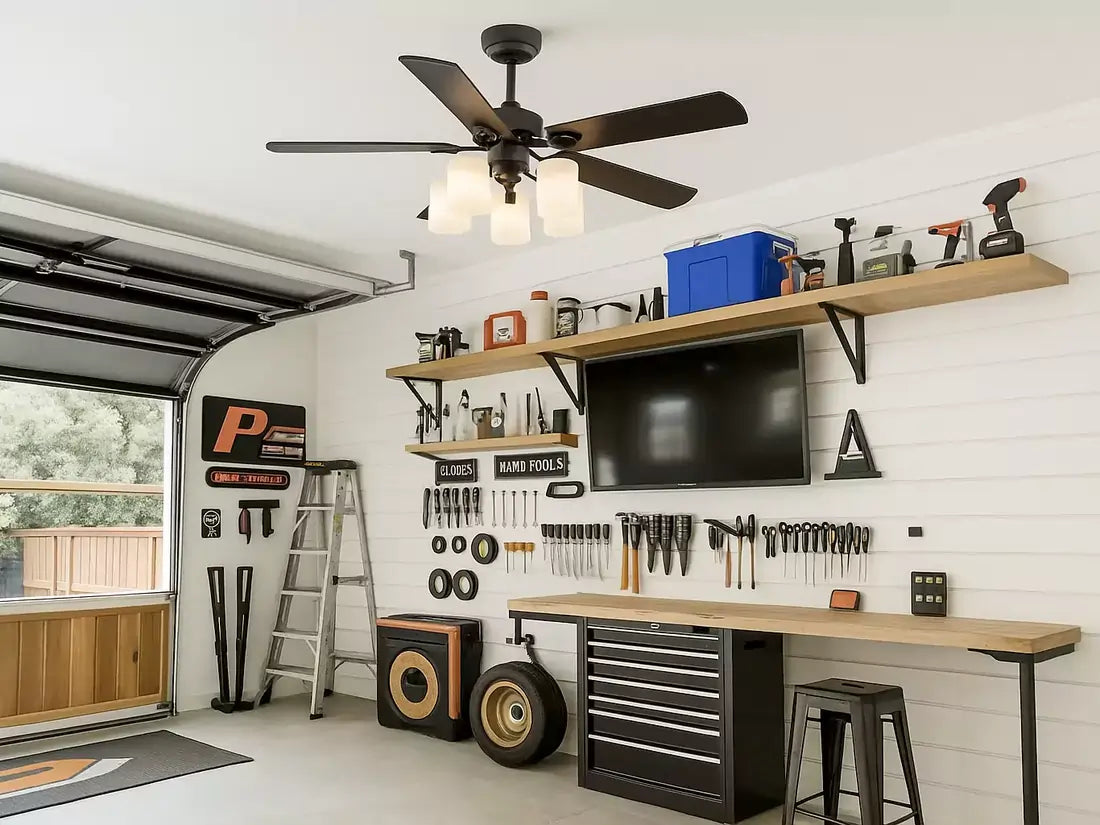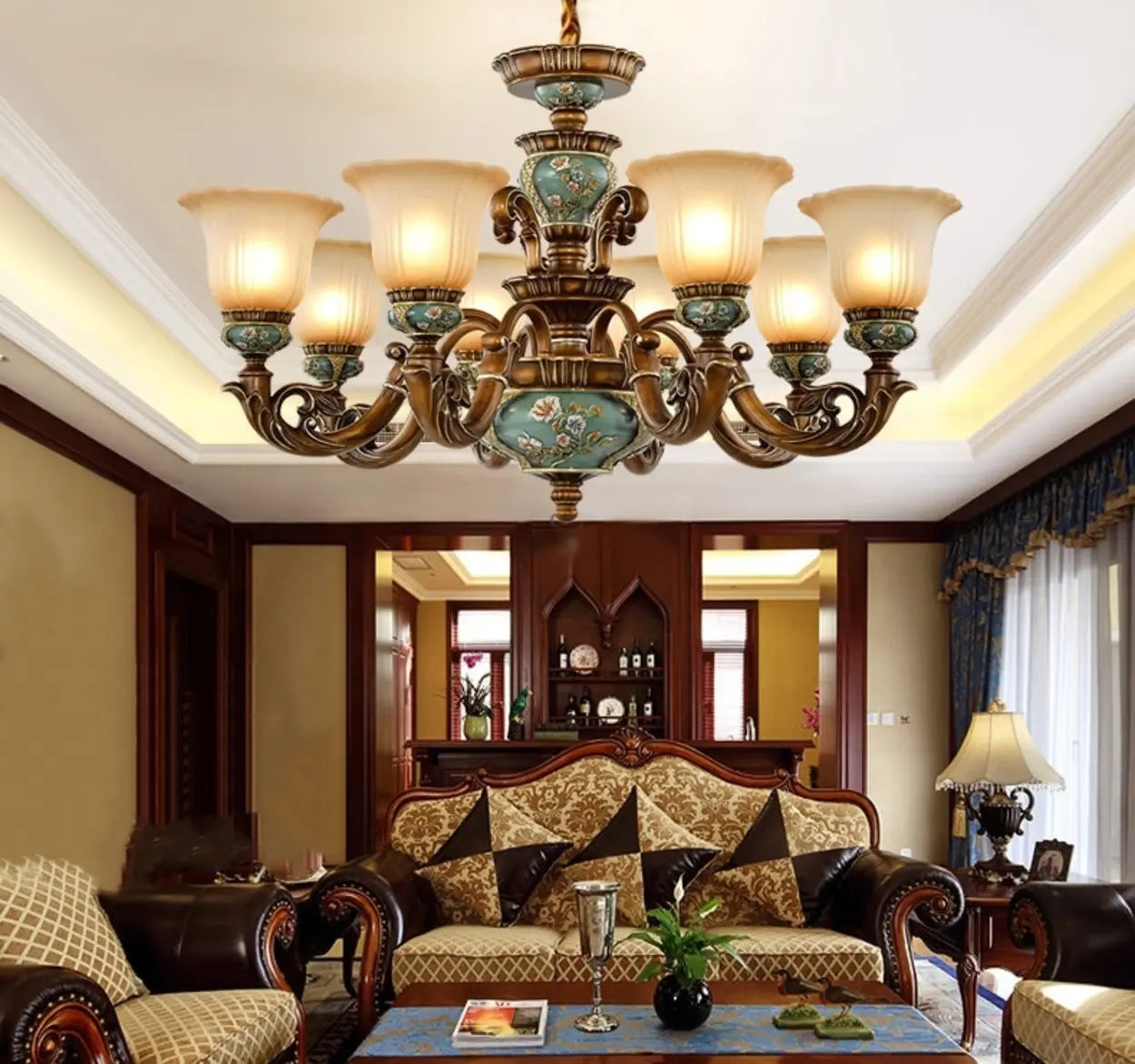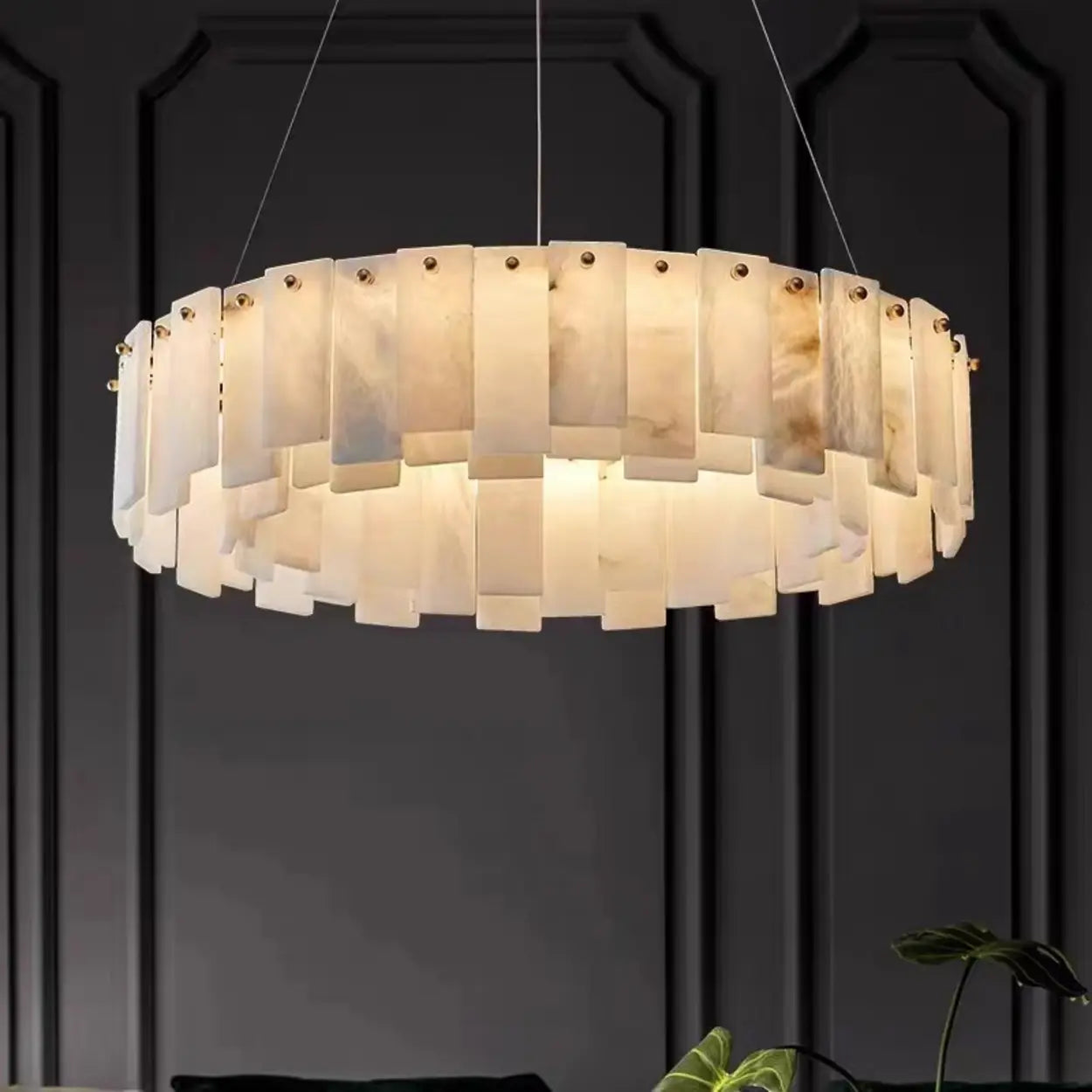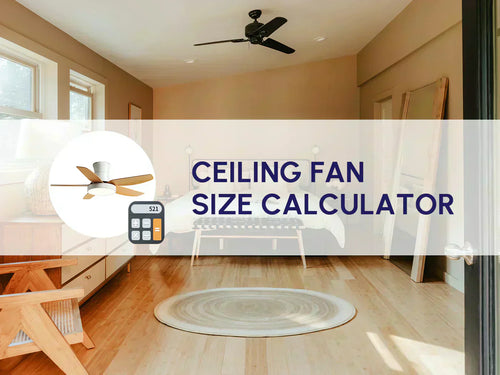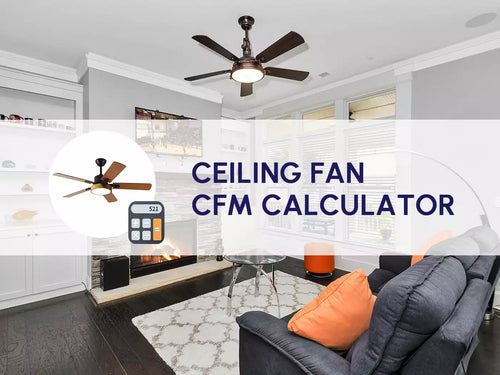As soon as summer arrives, ceiling fans have become the most popular "cooling artifact" in the home. Yet, which one is more suitable, a three-blade ceiling fan or a four-blade ceiling fan? The number of blades not only affects the wind force and noise, but also the appearance and energy consumption. Don't worry, we will help you analyze 3-blade vs 4-blade ceiling fans, and take you to find the most suitable one for your home, so that you can easily enjoy a cool summer.
Table of Contents
3 Blade vs 4-Blade Ceiling Fan: Key Differences at a Glance
The table below summarizes the main differences to guide your purchase:
| Aspect | 3-Blade Ceiling Fan | 4-Blade Ceiling Fan |
| Airflow | Strong, focused wind | Soft, even airflow |
| Energy Efficiency | Lower energy use | Slightly higher energy use |
| Noise Level | Louder | Quieter |
| Appearance Style | Modern, minimalist | Traditional, classic |
| Usage Scenarios | Large, open spaces | Quiet, private rooms |
| Installation | Easier, lightweight | Heavier, more complex |
| Price & Budget | More affordable | Slightly expensive |
3-Blade vs 4-Blade Ceiling Fan: In-Depth Comparison

Below, we compare 3-blade vs 4-blade ceiling fans in detail from multiple angles to help you get a clearer idea of which one is better suited for your space and needs.
Airflow
Airflow is the most intuitive experience when choosing a ceiling fan.
Three-leaf ceiling fans have fewer blades, can rotate faster, and have stronger and more concentrated wind force, which is particularly suitable for rapid cooling of large spaces. It can bring a noticeable sense of coolness, allowing you to quickly feel the presence of wind in hot weather.
In comparison, the wind from a four-blade ceiling fan is softer and more even. Although the wind force is slightly weaker, the wind that blows out is not too strong. It is especially ideal for those who require a quiet environment, allowing you to enjoy a comfortable, cool breeze for a long time.
Energy consumption performance
The three-blade ceiling fan has a small number of blades and relatively small air resistance, so the overall energy consumption is lower. If you want the fan to run for a long time without wasting electricity, a three-blade ceiling fan will be more worry-free. Especially at high speeds, it can convert electrical energy more efficiently, bringing stronger wind power while maintaining lower power consumption.
Although a four-blade ceiling fan makes the air flow more evenly, it also increases a certain amount of wind resistance, which means that more energy is needed to maintain the same speed. Therefore, the power consumption of a four-blade ceiling fan is usually slightly higher. Yet, if you use it more at low or medium speeds, the difference will not be very obvious.

Noise control
In terms of noise, the three-leaf ceiling fan has a concentrated wind force and a high wind speed, so the wind cutting sound is more obvious when working, especially when running at high speed. If your use environment is relatively quiet, it may affect the quality of rest or sleep, so you need to consider it in advance.
The four-leaf ceiling fan has more blades and a relatively low rotation speed, so the airflow is smoother and more even, and the noise generated is naturally lower. It is more suitable for spaces that require a quiet environment and provides better protection for your rest.
Appearance style
The design of 3-blade ceiling fans is usually simple and modern, with smooth lines, suitable for users who like minimalist, Nordic, or industrial style decoration. Its light appearance makes the space look more open and not bulky.
In contrast, the 4-leaf ceiling fan looks heavier and fuller, and the overall shape is more traditional and classic, fitting for American or retro vintage style home environments. It has a stronger visual presence and can become a decorative highlight in the space.
Usage scenarios
Combining the above points, if your home space is large and needs to be cooled quickly, a three-leaf ceiling fan is undoubtedly a more suitable choice, such as in living rooms, dining rooms, or offices.
But if you pay more attention to quietness and comfort, private spaces such as bedrooms, children's rooms, or study rooms are more suitable for four-leaf ceiling fans, whose soft wind and low noise can bring a better experience.
Installation difficulty

Three-leaf ceiling fans are generally designed to be lightweight, simple in structure, and relatively easy to install. It does not require particularly complex tools and techniques, and it is not a problem to complete the installation quickly.
In contrast, four-leaf ceiling fans are heavier overall and have more blades, so they require more patience and care when installing. Especially if the ceiling fan is installed in a high place or an environment with a complex ceiling, it is recommended to ask a professional to ensure safety and stability.
Price and budget
Finally, let's talk about the price. Three-leaf ceiling fans have various styles and are generally more affordable, well-suited for consumers with limited budgets.
Four-leaf ceiling fans have complex designs, use more materials, and are relatively more expensive, but the comfort and quietness they bring are often more in line with the needs of users who pursue a quality of life.
Buying Tips
Choosing the right number of blades for your ceiling fan can make a big difference in comfort, energy use, and style. Here are some quick tips to help you decide between a 3-blade or 4-blade ceiling fan based on your needs.
For 3-blade ceiling fans
- Prefer faster cooling and stronger wind
- Want energy-efficient and low power consumption
- Like modern, minimalist, or industrial style
- Need easy cleaning and simple maintenance
- Can tolerate a bit more noise
For 4-blade ceiling fans
- Prefer quieter operation and softer airflow
- Value stable and comfortable wind circulation
- Match traditional, vintage, or classic decor
- Don't mind spending more time on cleaning
- Require better noise control for relaxation or work
Wrapping Up
In general, 3-blade and 4-blade ceiling fans have their advantages and disadvantages. The key is to look at your specific needs and space conditions. If you like strong wind and easy installation, a 3-blade is a good choice; if you pay more attention to quietness, comfort, and overall style, a 4-blade is more suitable. We hope this article can help you sort out your thoughts and find the ceiling fan that suits you best.
FAQ
Should I get a 3 or 4-blade ceiling fan?
Should I get a 3 or 4-blade ceiling fan?
It depends on your needs. Choose a 3-blade fan if you want stronger airflow and better energy efficiency. Go for a 4-blade fan if quiet operation and smoother air circulation matter more to you.
Is a 3-blade better than a 4-blade ceiling fan?
Is a 3-blade better than a 4-blade ceiling fan?
Both have their advantages. A 3-blade fan typically provides more powerful airflow and uses less energy, while a 4-blade fan runs quieter and creates a gentler breeze.
Are 3-blade ceiling fans more energy-efficient?
Are 3-blade ceiling fans more energy-efficient?
Yes, they usually use less power because fewer blades mean less resistance for the motor. It helps run faster and more efficiently, saving energy, especially at higher speeds.
Are four-blade ceiling fans difficult to install?
Are four-blade ceiling fans difficult to install?
Slightly. They're often heavier and take a bit more effort to balance and mount. It is recommended to ask a professional to ensure safe and correct installation.




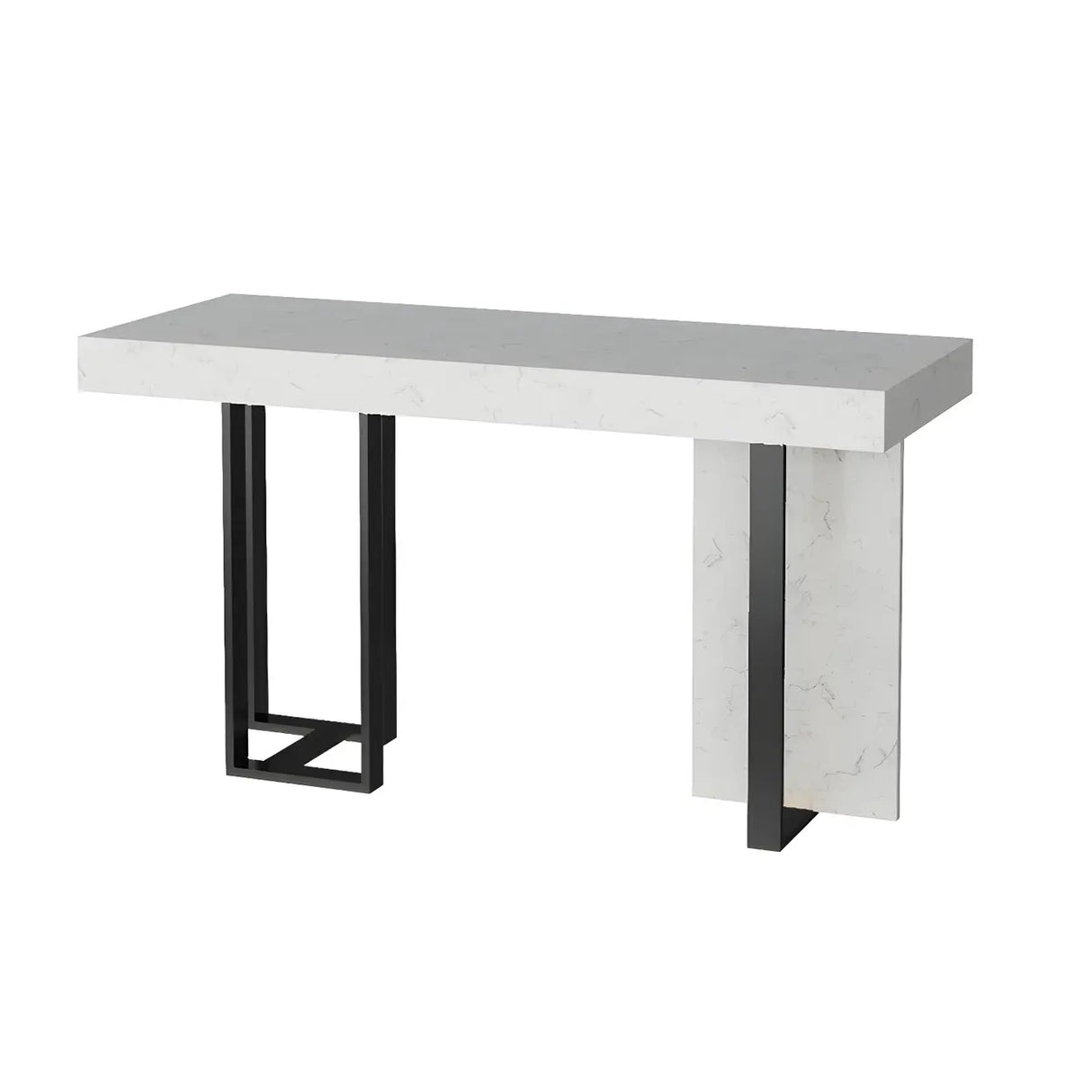





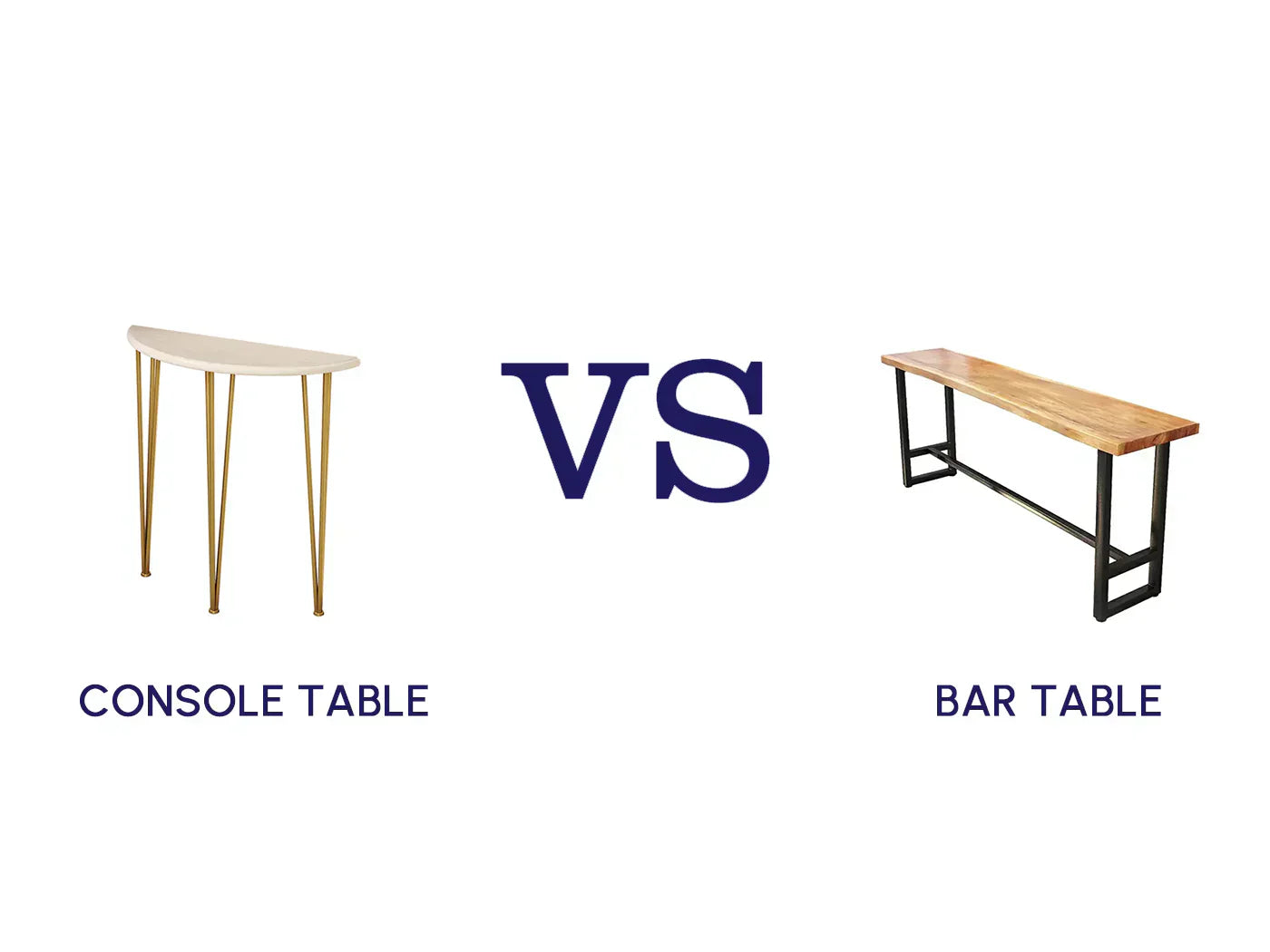

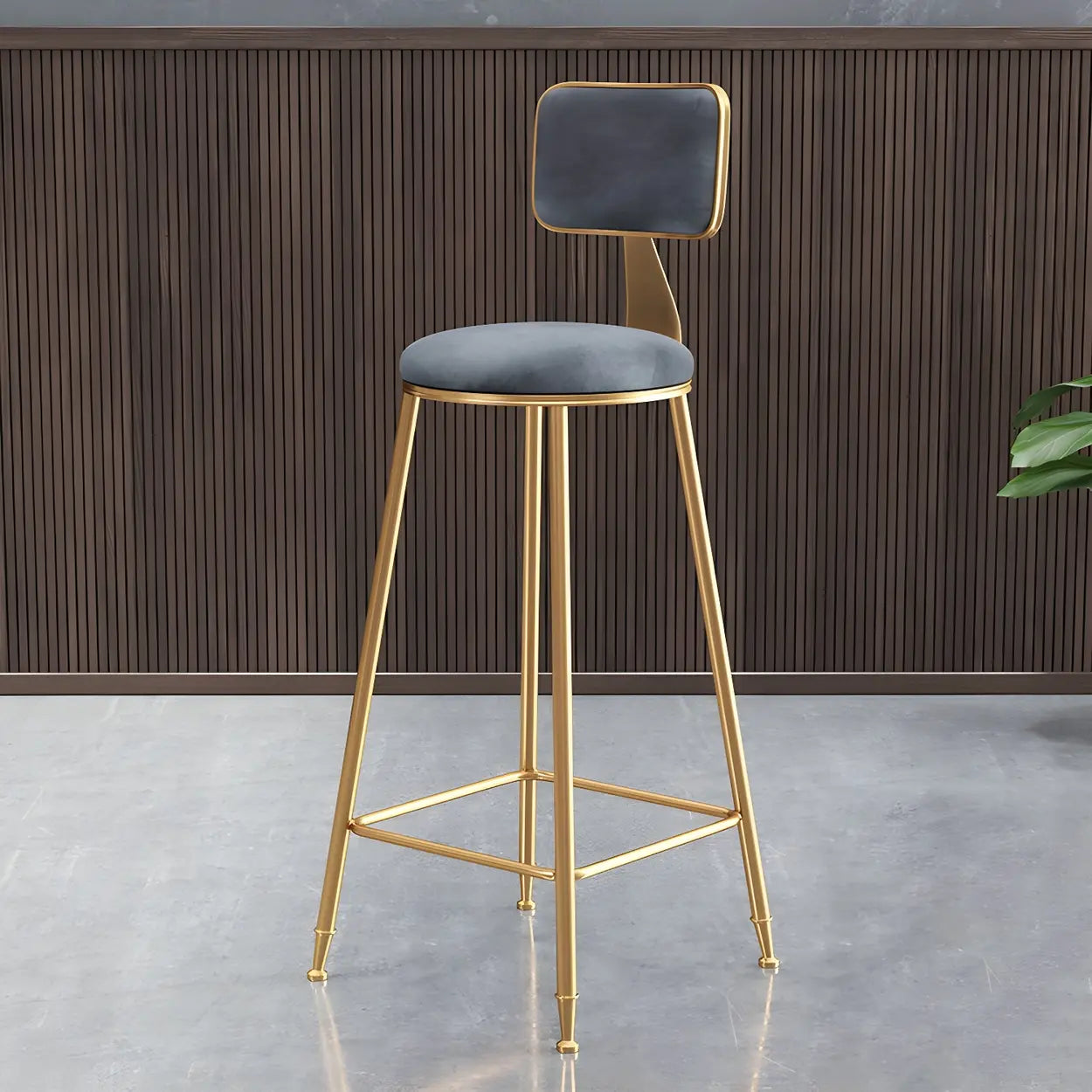

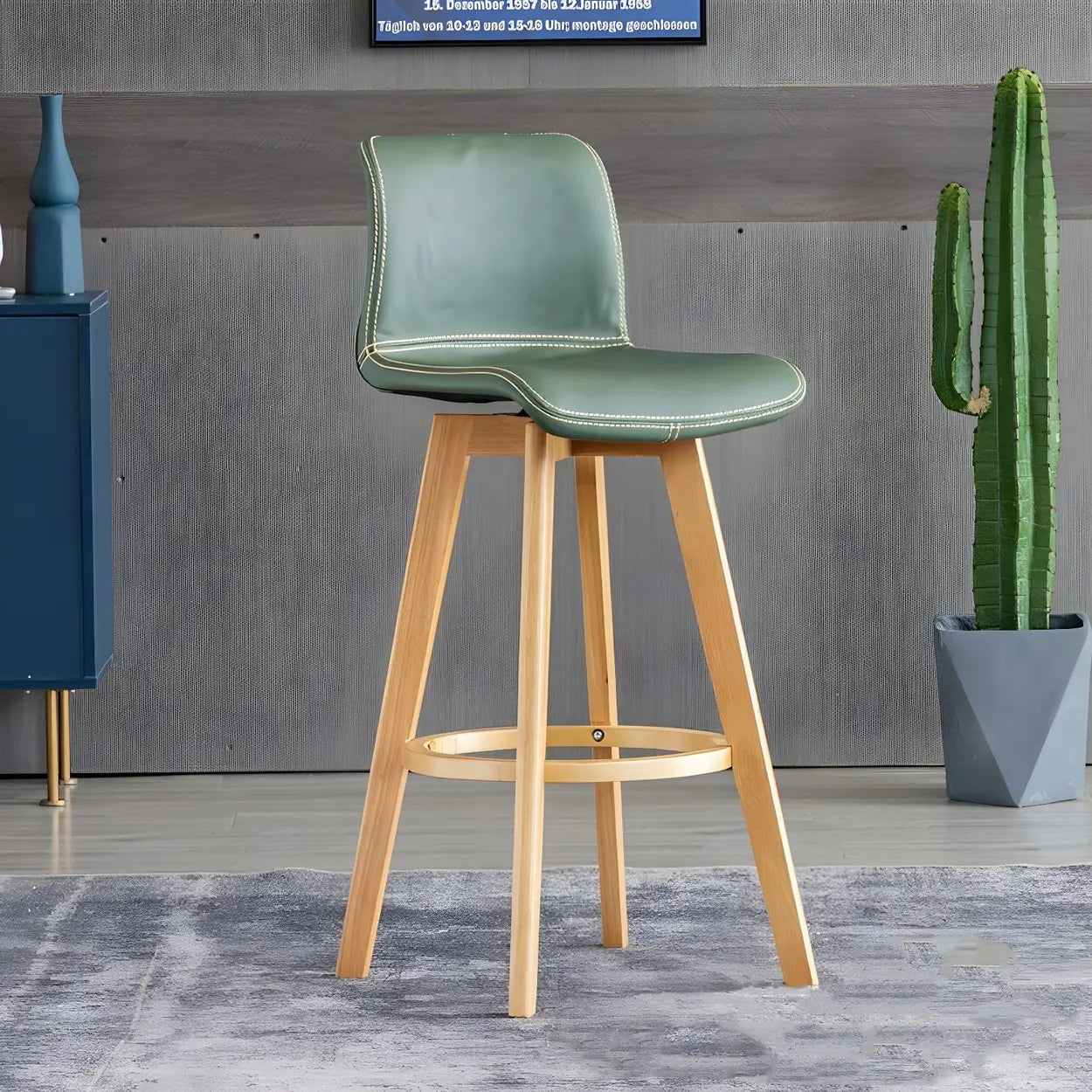
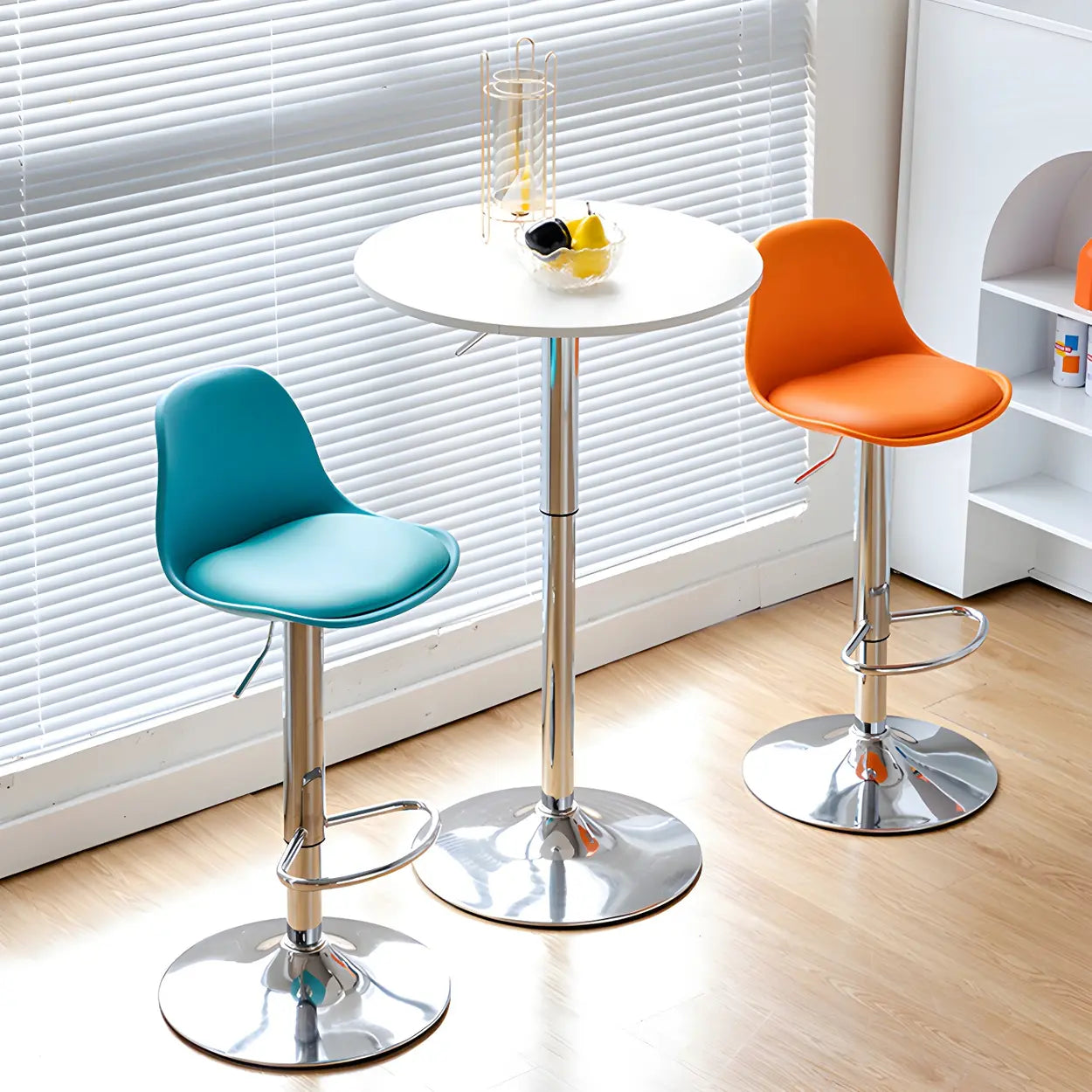


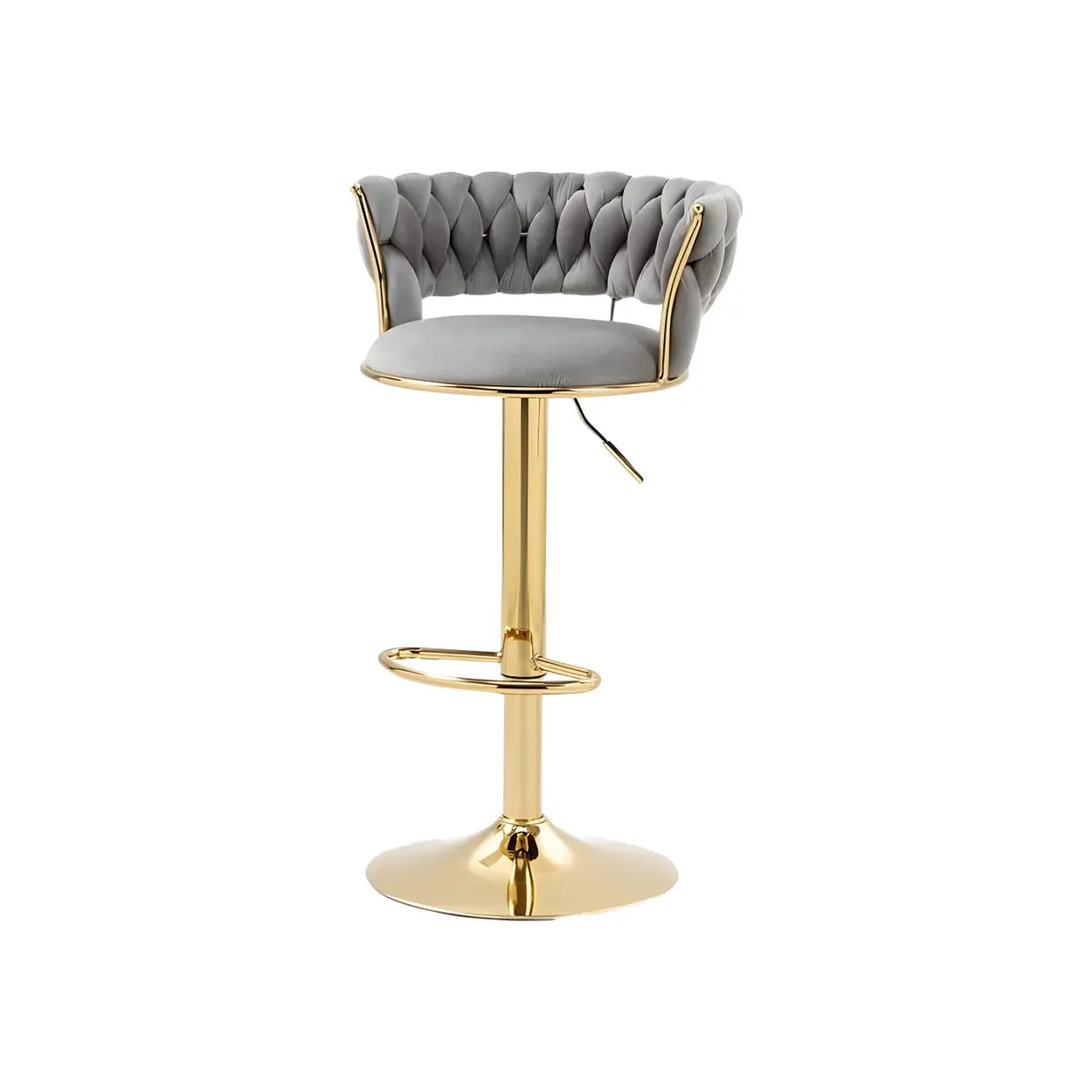



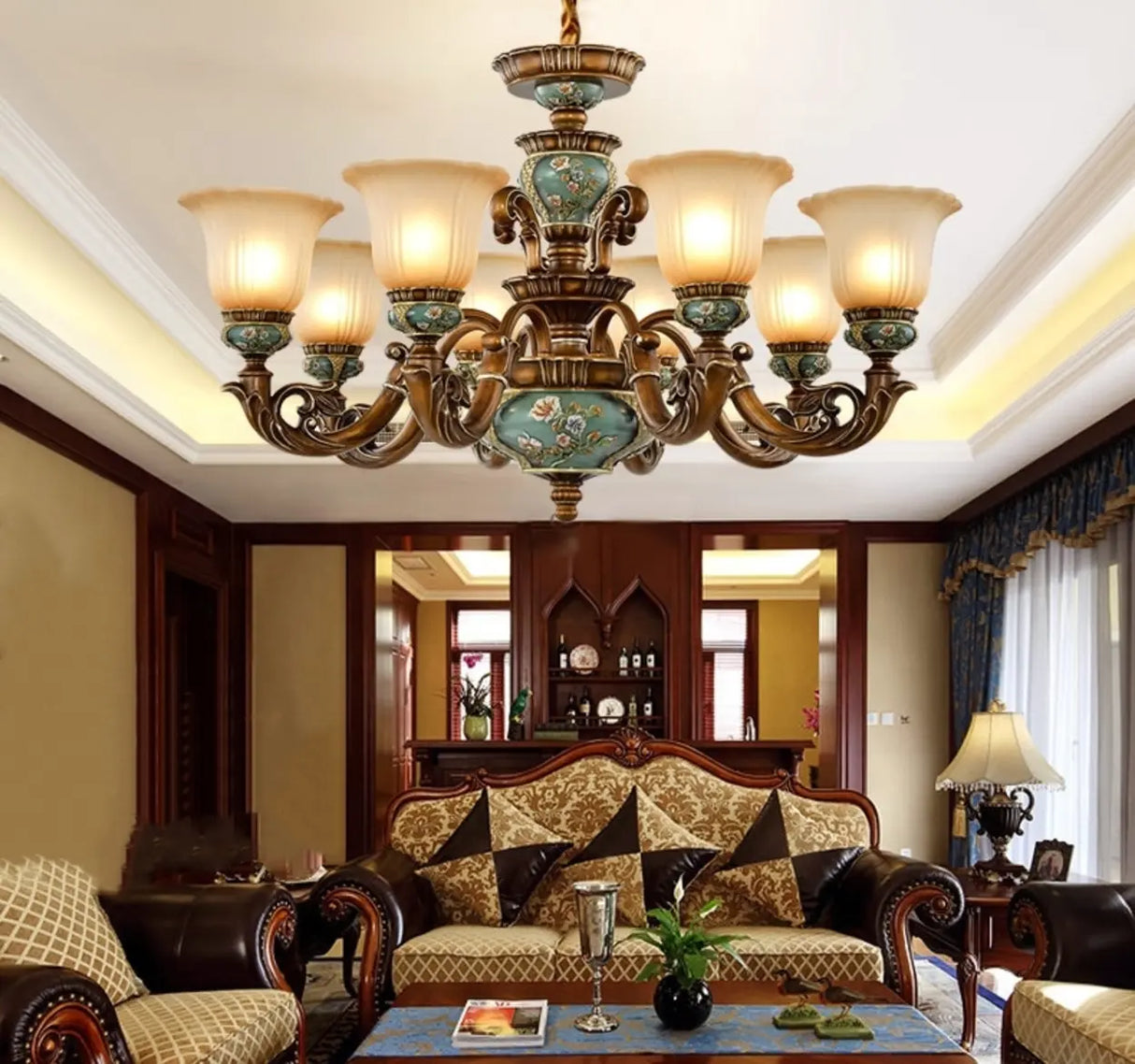
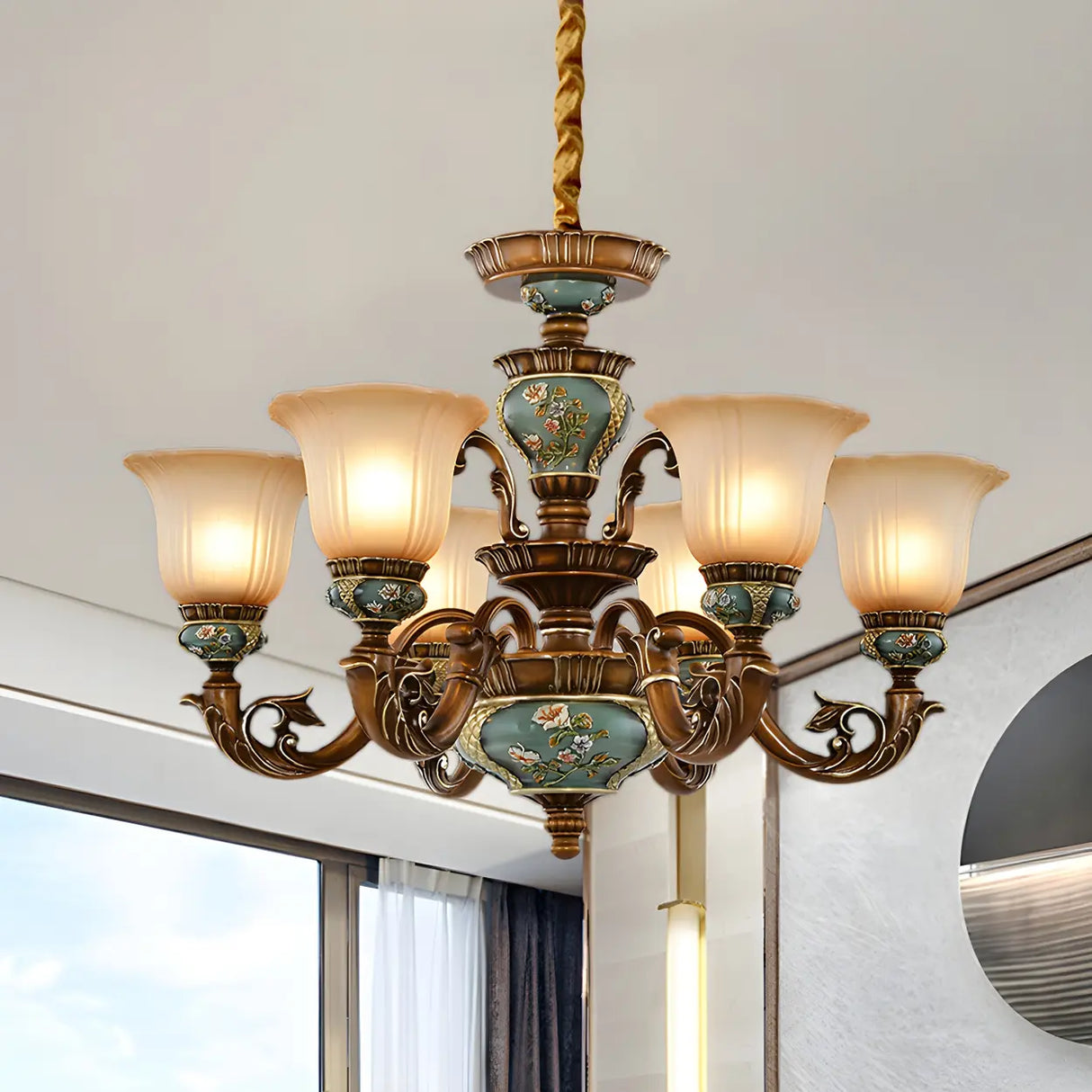
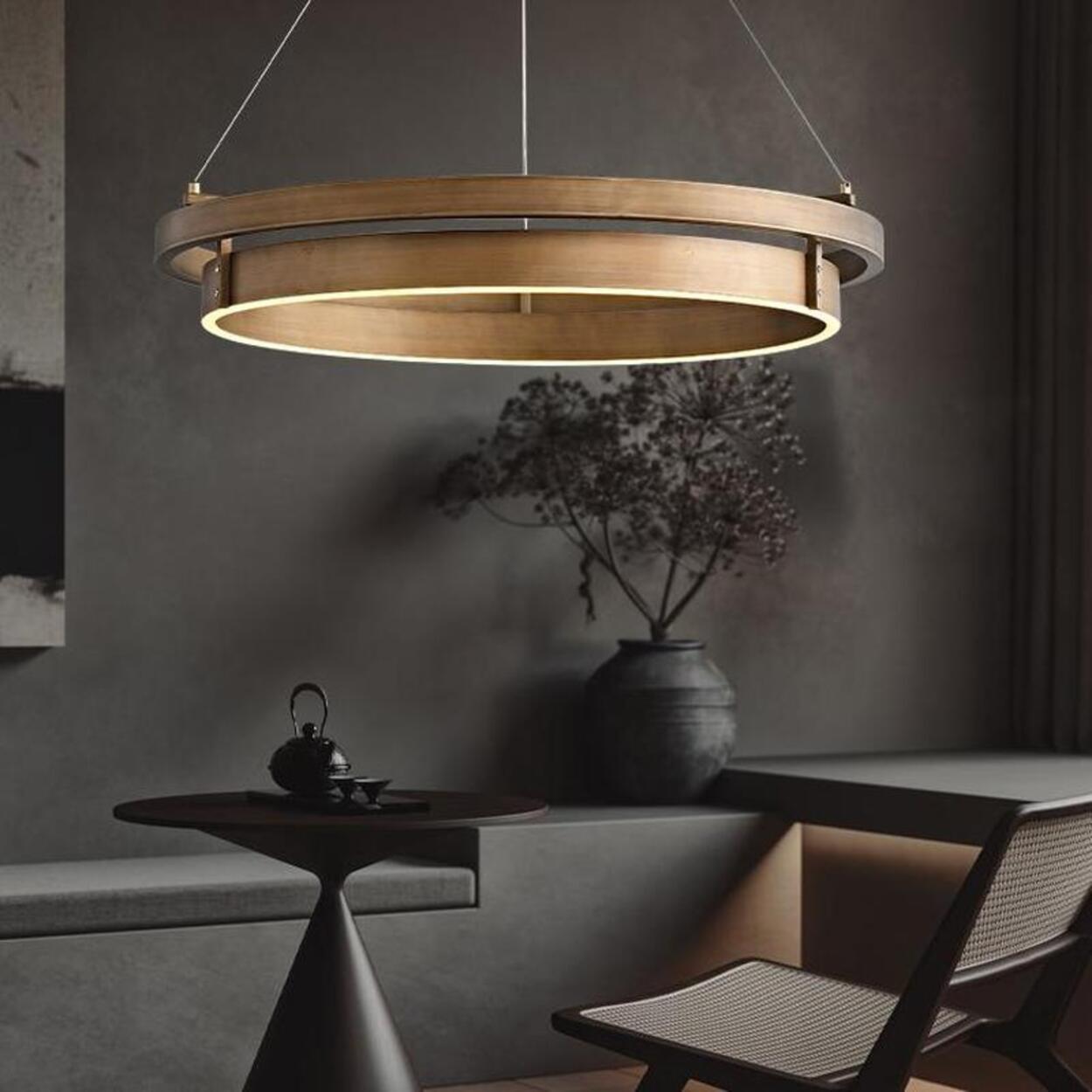
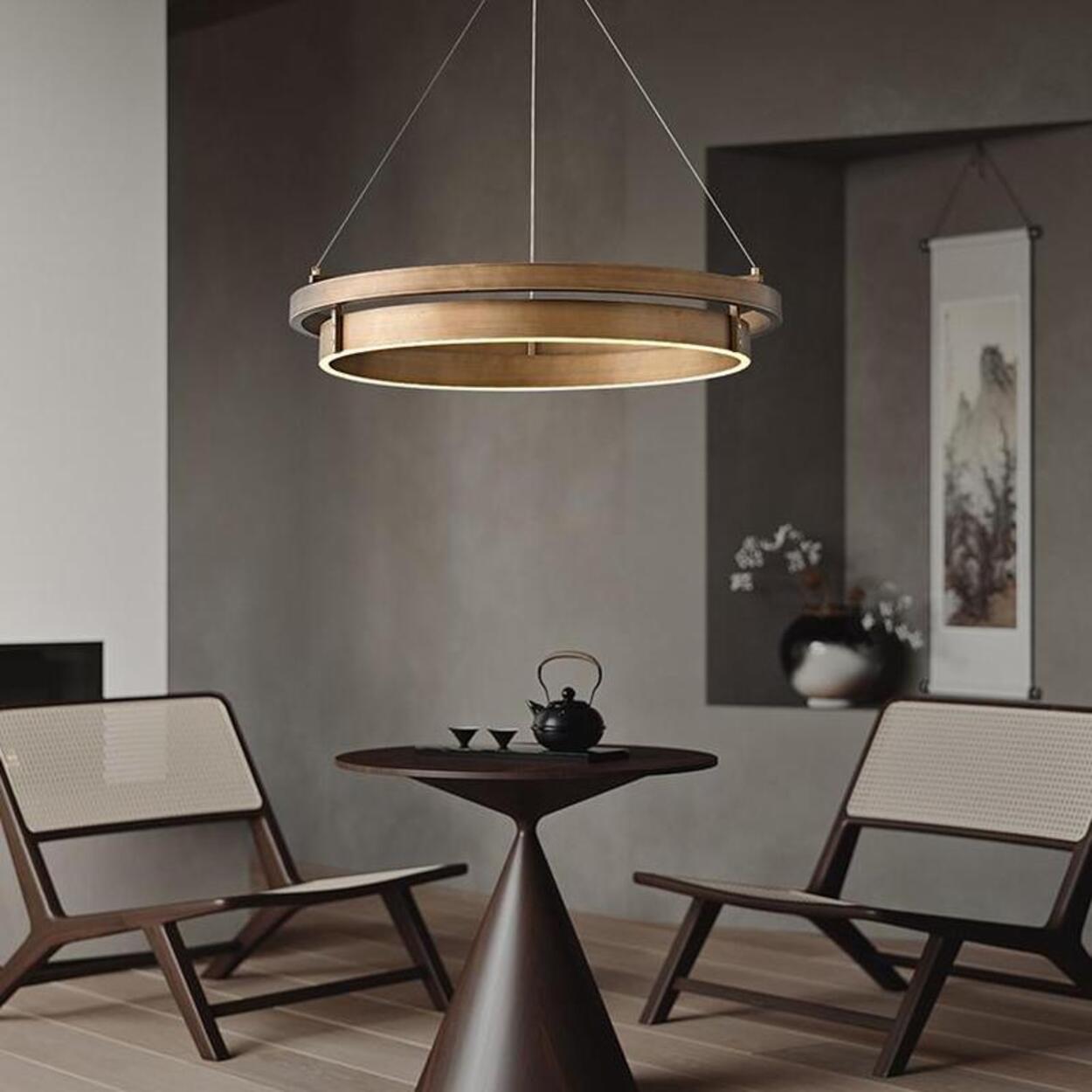
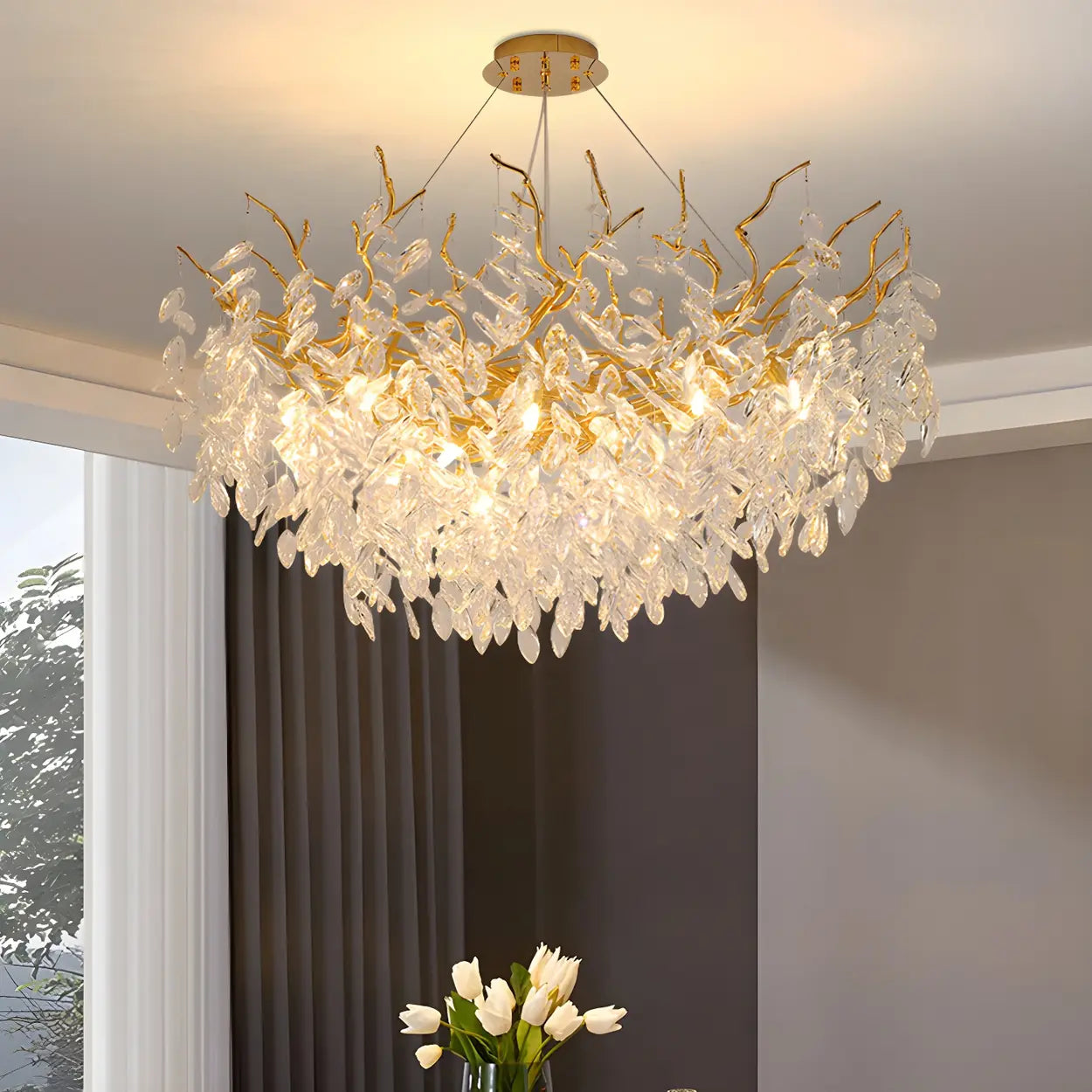
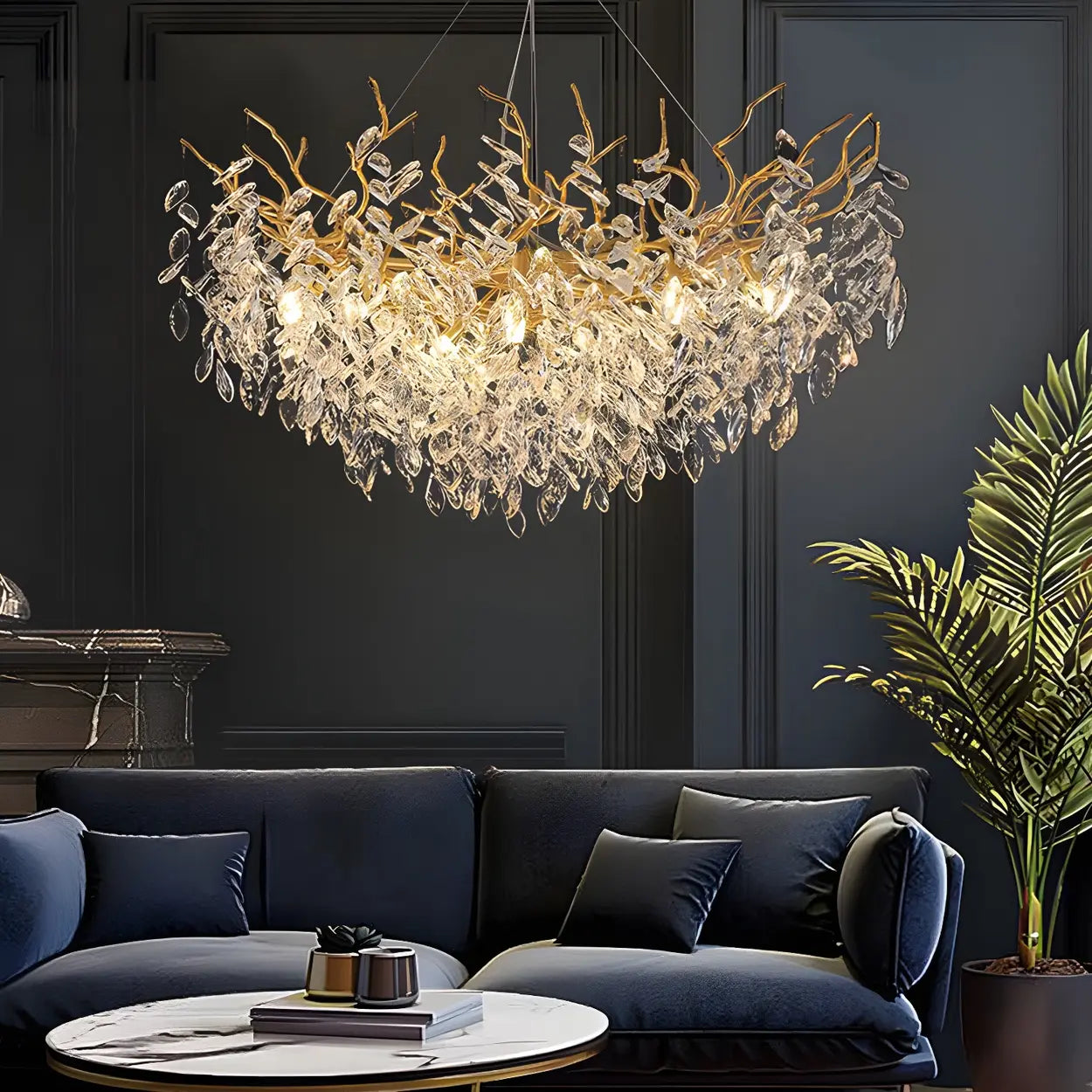
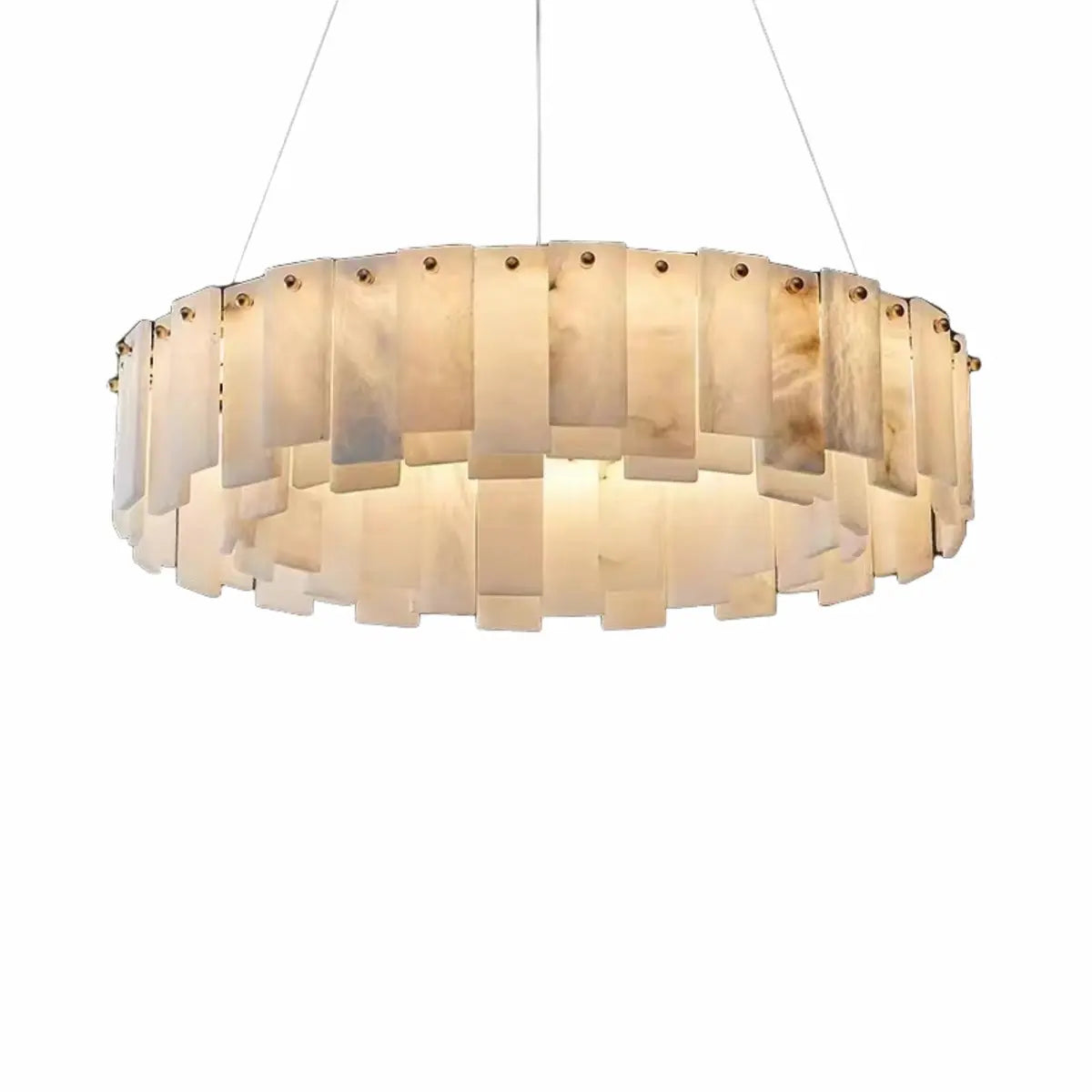
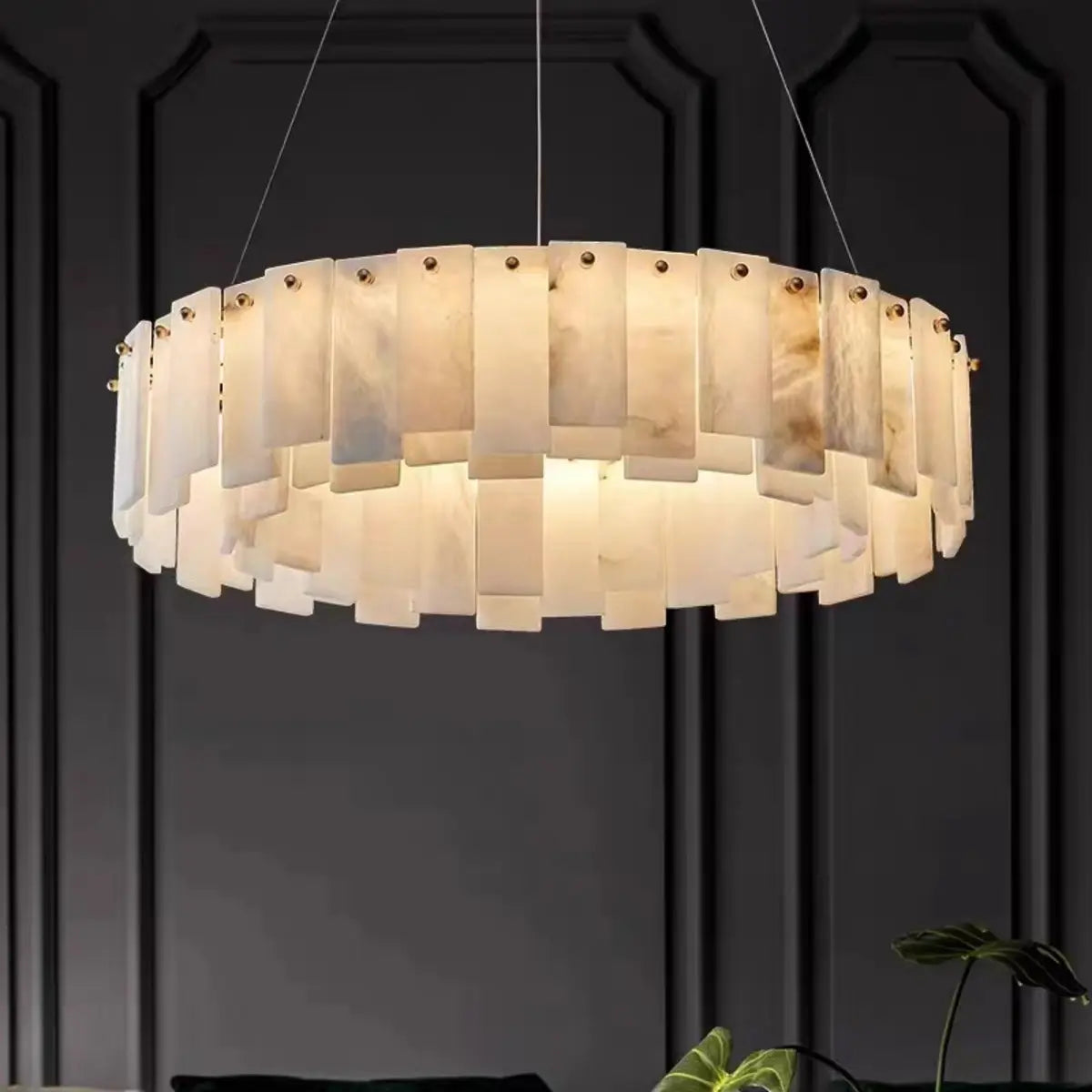


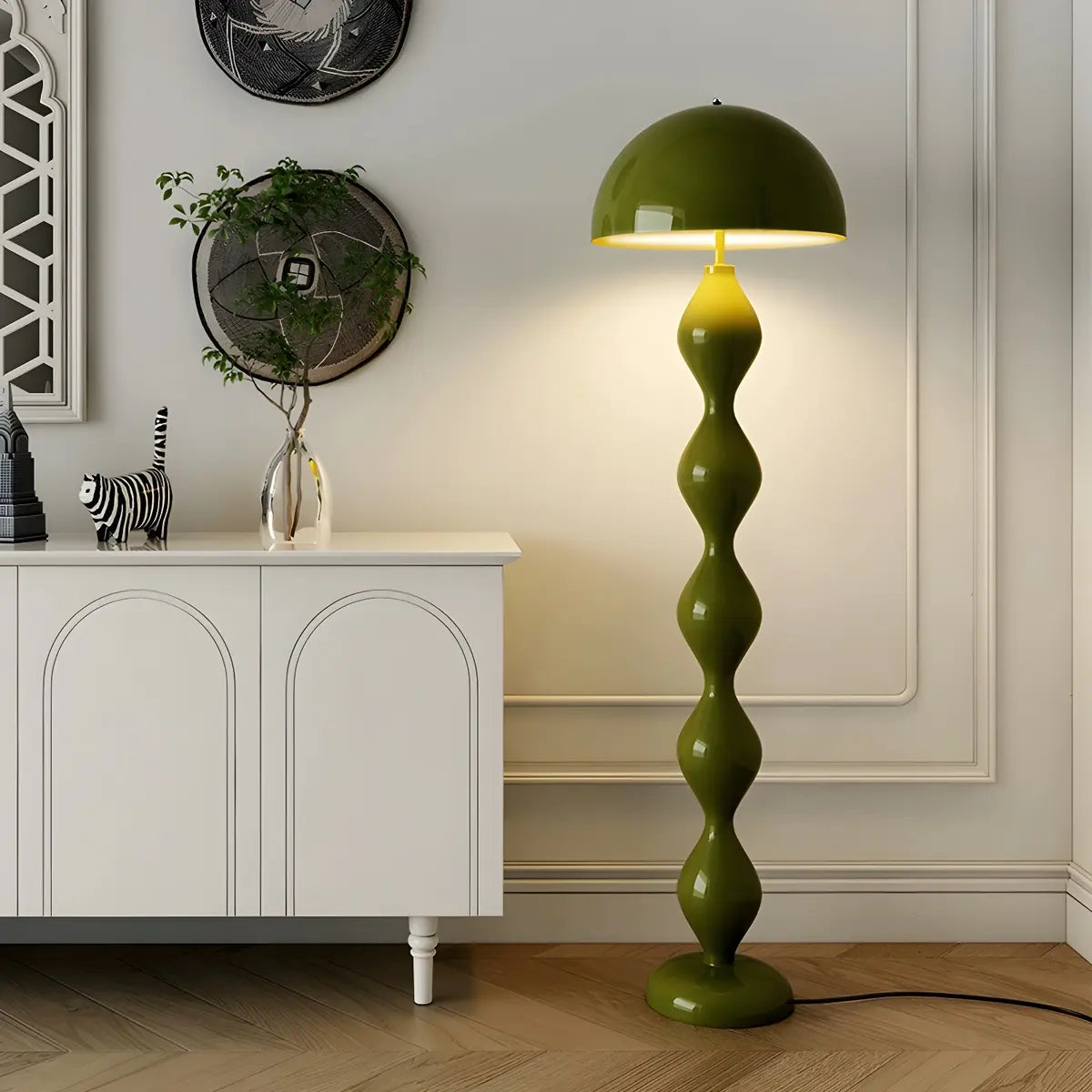



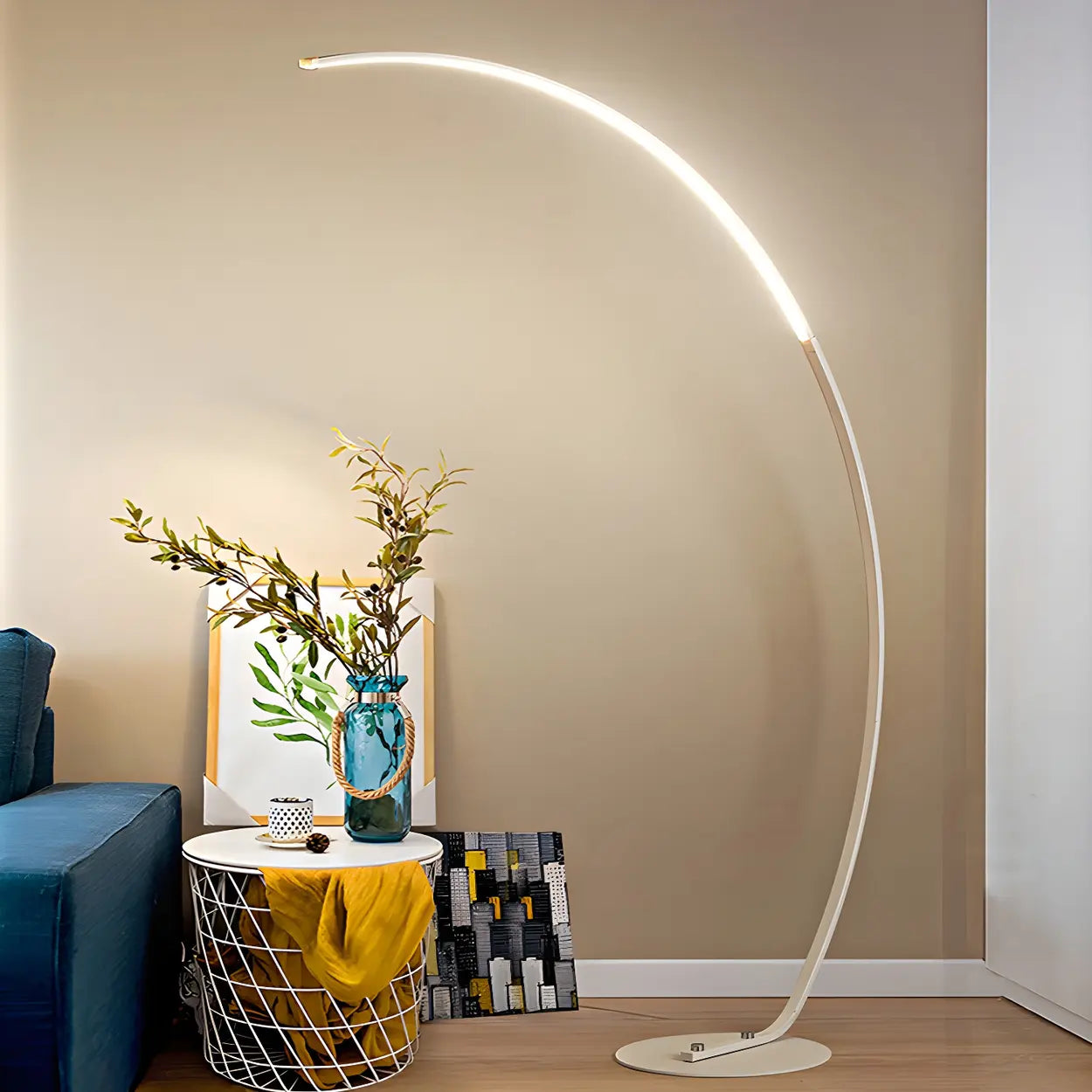
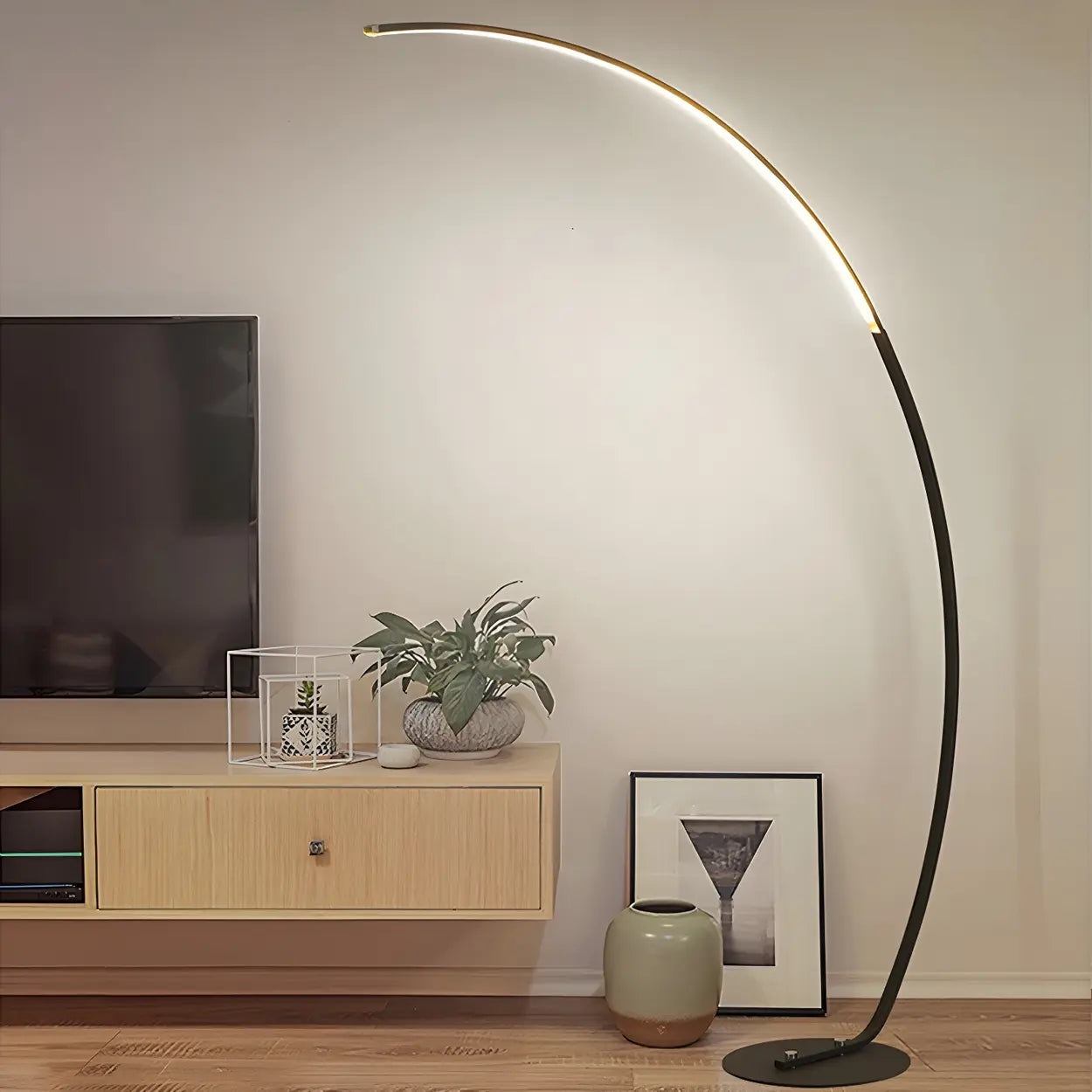

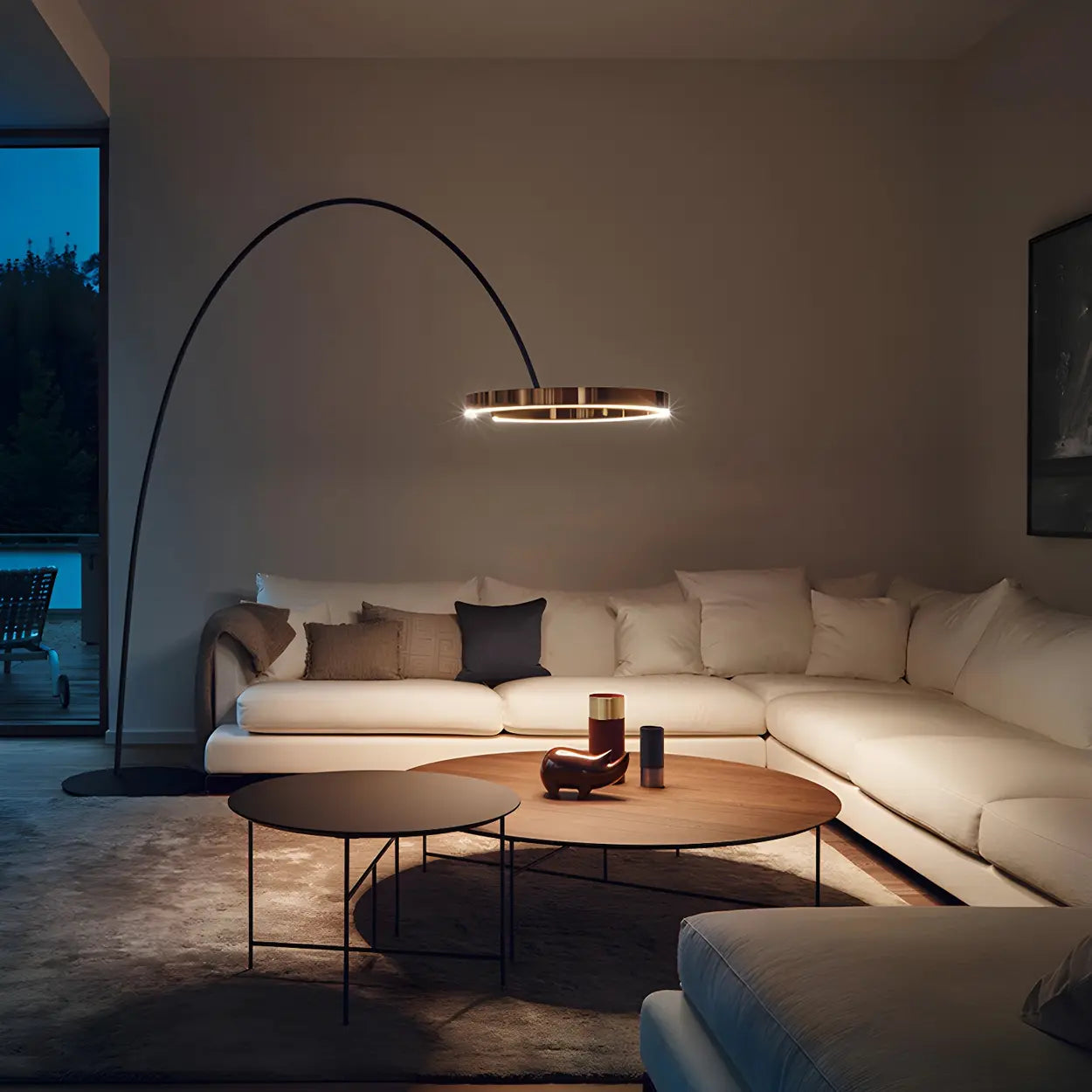
![10 Best Floor Lamp for Reading [2025 Review]](http://www.homebaa.com/cdn/shop/articles/banner_c990b0a4-4743-4902-b6be-5609f7a21a90.webp?v=1747357941)











![How to Choose the Coffee Table Height? [2025 Newest Guide]](http://www.homebaa.com/cdn/shop/articles/coffee-table-height.webp?v=1749523259)

